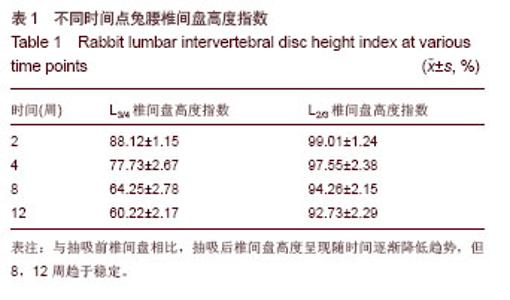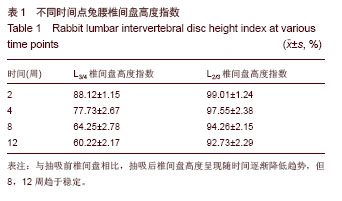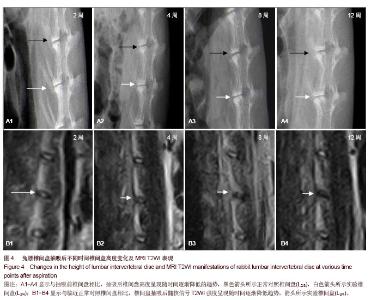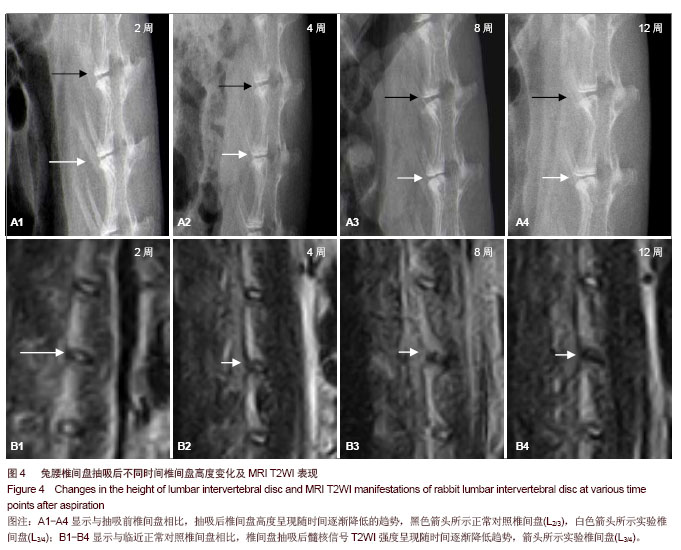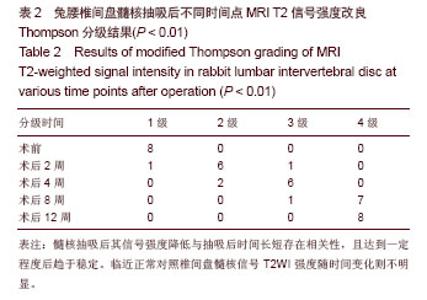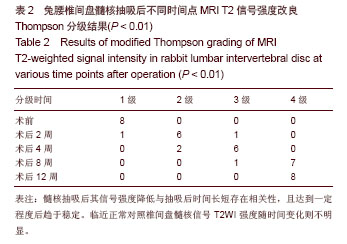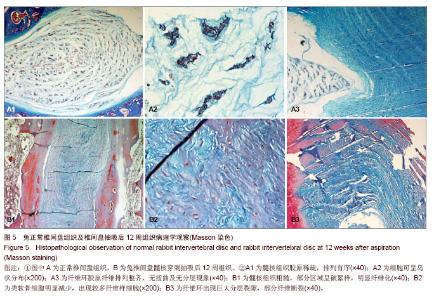| [1]侯树勋.脊柱外科学[M].北京:人民军医出版社,2005:773.[2]郭钧,陈仲强,齐强,等.腰椎间盘突出症术后复发的临床分析.中国脊柱脊髓杂志,2004,14(6):334-337.[3]Spenlger DM,Quellette EA,Battie M,et al.Elective discectomy for herniation of a lumbar disc:additional experience with an objective method.Bone Joint Surg(Am).1990;72(2):230-237. [4]侯树勋,李明全,白巍,等.腰椎髓核摘除术远期疗效评价[J].中华骨科杂志, 2003,23 (9):513-516.[5]Lu DS,Shono Y,Oda I,et al. Effects of chondroitinase ABC and chymopapain on spinal motion segment biomechanics. An in vivo biomechanical, radiologic, and histologic canine study. Spine.1997;22(16):1828-1834.[6]Frymoyer JW,Donaghy RM.The ruptured intervertebral disc.Follow-up report on the first case fifty years after recognition of the syndrome and its surgical significance.Bone Joint Surg.1985;67A:1113-1116.[7]Olmarker K,Blomquist J,Stromberg J,et al.Inflammatogenic properties of nucleus pulposus.Spine.1995;20(6):665-669.[8]Satoh K,Konno S,Nishiyama K,et al.Presence and distribution of antigen-antibody complexes in the herniated nucleus pulposus. Spine.1999;24(19):1980-1984.[9]Koichi Masuda MD,Yoshiyuki lmai MD,Masahiko Okuma MD,et al.Osteogenic Protein-1 Injection Into a Degenerated Disc Induces the Restoration of Disc Height and Structural Changes in the Rabbit Anular Puncture Model.Spine. 2006; 31(7):742-754.[10]Osti OL,Vernon-Roberts B,Fraser RD.Anulus tears and intervertebral Disc degeneration:an experimental study using an animal model.Spine.1990;15(6):762-767.[11]任东风,侯树勋,彭宝淦,等.腰椎间盘损伤后MRI表现及组织学改变的实验研究.中国脊柱脊髓杂志,2006,16(2):142-147.[12]Satoshi Sobajima MD,John F,Kompel MS,et al.A slowly Progressive and Reproducible Animal Model Of Intervertebral Disc Degeneration Characterized by MRI,X-ray,and Histology. Spine.2004;30(1):15-24. |
